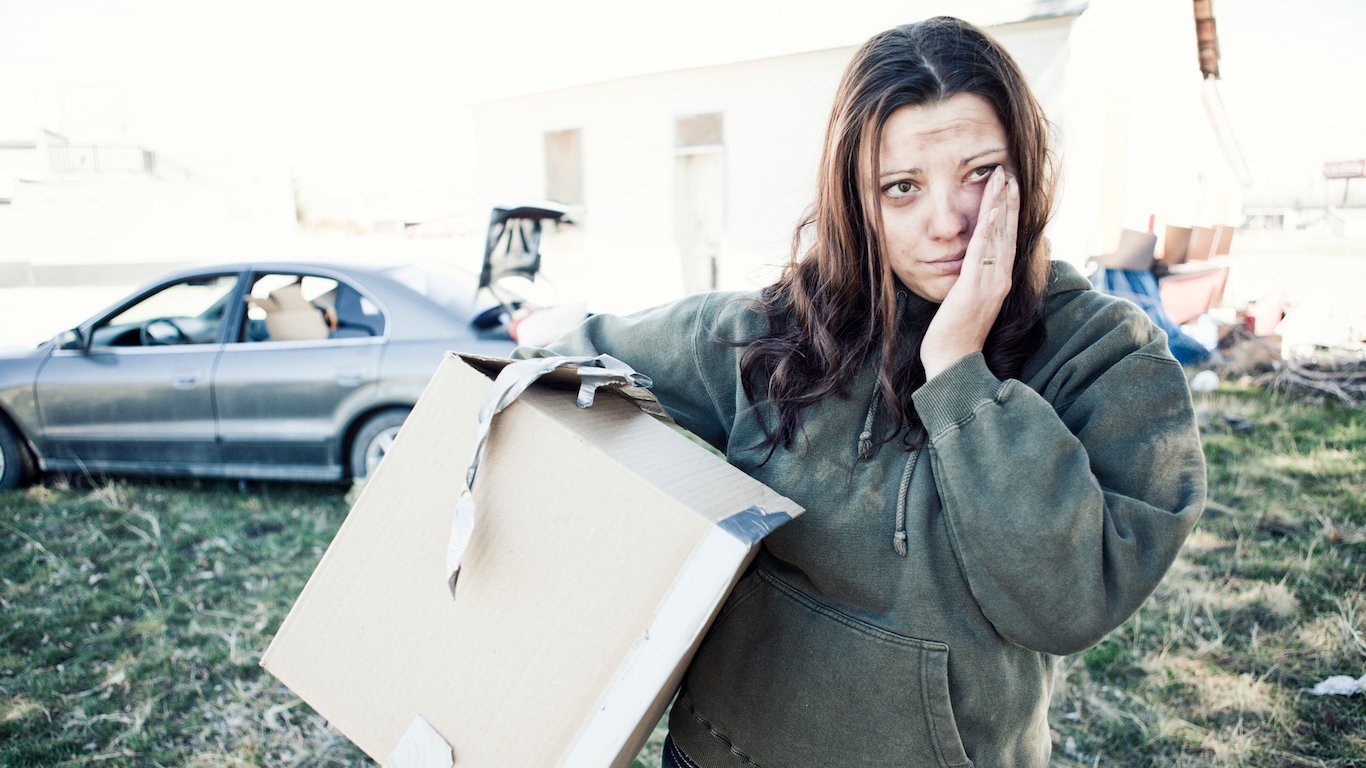

While the number of rural teens who have experienced homelessness during a 12-month period is about the same as the incidence among urban teens, the effects of homelessness on rural teens are more difficult to overcome according to a recent study by Chapin Hall, an independent policy research center at the University of Chicago.
Among urban teens between the ages of 13 and 17, 4.2% experience homelessness compared to 4.4% of rural teens. Among young adults ages 18 to 25, 9.6% of urban youth experience compared to 9.2% of rural youth.
The study included a nationally representative, phone-based survey of adults, surveys of youth and service providers in 22 counties, in-depth interviews with youth in five of those counties, and a systematic review of evidence on interventions to prevent and address youth homelessness.
According to the researchers, delivering services to homeless youth in rural areas faces unique challenges due to “limited service infrastructure, greater remoteness, widely dispersed populations, and the unique economic, political, and social realities of rural communities.”
Chapin Hall’s Voices of Youth Count was conducted as a single point-in-time survey comparing where urban and rural homeless youth were spending that particular night. For youth in large counties, 20% were staying with others, 22% were unsheltered and 50% were sheltered. For youths from small counties, 40% were staying with others, 28% were unsheltered and 23% were sheltered. Homeless rural young people were much more likely to be sleeping outside.
Among the key findings, in addition to the fact that homelessness is equally prevalent among rural and urban youth:
- When compared to urban areas, youth experiences of homelessness in rural counties are perhaps more hidden, with greater reliance on couch surfing and sleeping in vehicles or outdoors.
- Youth experiencing homelessness in rural counties were more disconnected from education and employment than those in larger, more urban counties.
- In rural communities, changes like the collapse of an industry or the emergence of a substance
use epidemic can have profoundly destabilizing effects on disadvantaged families, which, in turn, can shape young people’s trajectories into homelessness.- American Indian and Alaska Native youth have more than double the risk of homelessness as other youth, although most were located outside of rural communities.
- Most rural counties lacked services designed specifically for youth experiencing homelessness, forcing young people to go without help or travel to distant locations to seek support.
The full report from Chapin Hall includes recommendations for programs tailored sparsely populated parts of the United States where existing formal resources are limited.
Sponsored: Find a Qualified Financial Advisor
Finding a qualified financial advisor doesn’t have to be hard. SmartAsset’s free tool matches you with up to 3 fiduciary financial advisors in your area in 5 minutes. Each advisor has been vetted by SmartAsset and is held to a fiduciary standard to act in your best interests. If you’re ready to be matched with local advisors that can help you achieve your financial goals, get started now.
Thank you for reading! Have some feedback for us?
Contact the 24/7 Wall St. editorial team.



